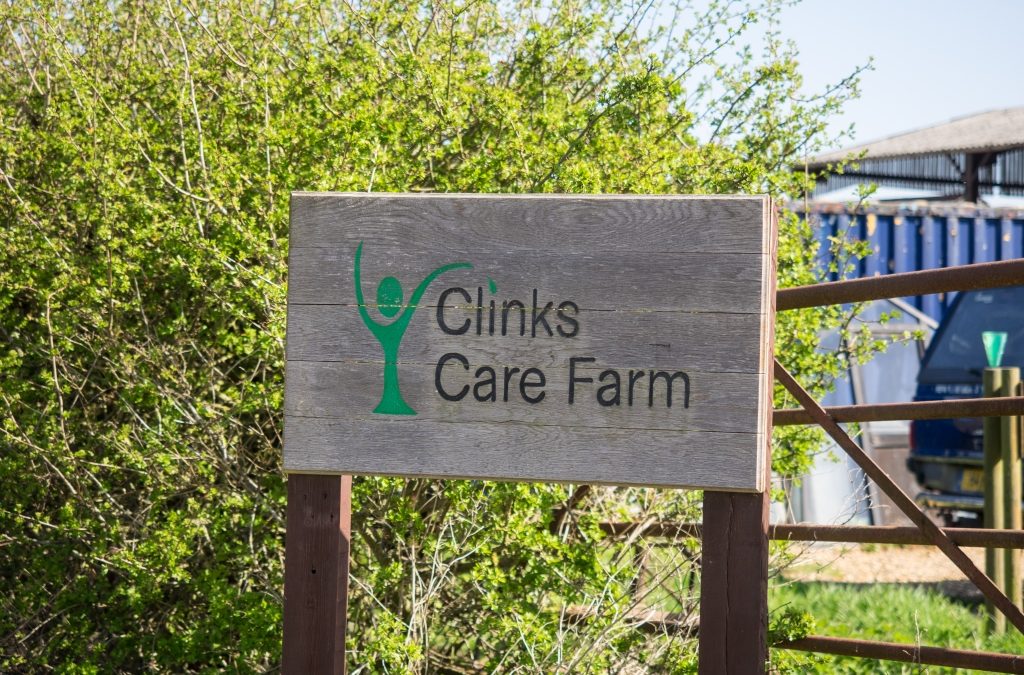Farms have the same type of planning regulations as other types of property but some planning rules have special conditions which apply to agricultural buildings and land.
If you are planning to build, convert, extend, develop, excavate or intend to do any engineering work on agricultural land then Permitted Development Rights (PDRs) need to be used. They allow you to develop your farm without needing full planning permission and are designed to make the process easier, quicker and cheaper.
During the design process for a new agricultural building and the renovation of existing structures or surfacing, it is an optimal time to consider the structural biosecurity aspects of the developments, and how access and egress play an important part in your biosecurity protocols.
What types of agricultural Permitted Development Rights (PDRs) are available to farmers?
Class A Permitted Development Rights
Development is permitted on farms of 5 hectares or more of agricultural land under Part 6 of the Class A development, and relates to agricultural buildings, such as grain storage, machinery stores and any engineering or excavations on the land.
Under this PDR, farm owners can make changes to a building with extensions or alterations, including new buildings, as long as the changes are reasonably necessary for the agricultural business. These changes include surfacing access to fields, farm tracks and buildings for grain or machinery storage which meets the siting, size and sometimes materials regulations.
What you cannot do under Class A Permitted Development Rights
You cannot make changes under a Class A PDR if:
- There are dwellings involved, or already on the existing land
- The area is not for agricultural use
- Where the building or developments ground area is greater than 1,000 square metres (not including fencing)
- The development is proposed to take place on land that is separate from the farm and is less than 1 hectare
- If the development is 25 metres from a metalled part of a road
- Where a building, which is going to be used for slurry or waste housing, or for animals is within 400 metres of a dwelling. NB: If the dwelling is on the farm this restriction does not apply
- Height restrictions also apply should the land be within 3km of an aerodromes perimeter
Class O Permitted Development Rights
This PDR covers farmers who want to change agricultural buildings which are currently being used as an office into a house, as long as the structure does not contradict these requirements:
- The building or houses cannot be near a military explosive storage area
- The building cannot be a listed building
- Is restricted by an Article 4 from a local authority for protected land or heritage sites i.e ancient monuments
- The location of the building is in a safety hazard zone
In addition, to be able to convert the offices to houses, the building must have been an office either on or before the 29th March 2013.
Class Q Permitted Development Rights
If you are looking to convert an agricultural building which is not an office, into a house, then Class Q PDR allows for this change. There were changes made to the regulations in 2018, which allows for up to five dwellings and up to 865 square metres of floor space to be converted.
The building has to have been used as an agricultural building on 20th March 2013, and the building cannot be larger than its original dimensions. A listed building or one within an area of outstanding beauty, on a World Heritage Site, in a conservation area, on a National Park or on a site of scientific interest cannot be developed or changed under a Class Q PDR.
Class R Permitted Development Rights
A Class R PDR allows you to change an agricultural building to a commercial unit such as a restaurant, cafe, shop, hotel, office or for distribution operations or for commercial storage. These types of conversions cannot exceed 500 square metres.
This Class applies to buildings which were in use on 3 July 2021 and the same restrictions apply as for Class O.
How can I apply for planning permission?
Before you start work you have to submit an application form with a description of the development, plans and the materials to be used to your planning office to get approval. Once submitted, your local authority has 28 days to confirm if prior approval is required or not.
If approval is not needed work can proceed as long as the works follow the proposal which you submitted. Where approval is needed the local authority may require more information on the siting, design or the materials being used. The development must be started within five years of the approval or the approval lapses.
How a bespoke Livetec biosecurity plan can help protect your farm
The layout of your farm and the buildings on it, play a large part in providing high biosecurity, but they may not have been designed previously with efficient protocols and measures in mind.
Livetec are experts in biosecurity. We have been creating bespoke biosecurity plans for farm businesses across the UK for over a decade.
Livetec has been delivering trusted biosecurity measures at grassroots level for over a decade. Working with farm businesses at new build projects we create disease prevention safeguards which reduce the risk of potential outbreaks from day one.
The Livetec team of structural biosecurity experts work in collaboration with you to ensure your new project capitalises on industry leading disease resilience practices.
The team take into account:
- Animal and vehicle movement
- Traffic patterns
- Equipment location
- Feed delivery and storage
- All in and out systems
- Water monitoring
- Deadstock collection
- Ease of observation
- Safe working environments and more
The team also provides contingency planning advice from the outset, alongside our structural biosecurity consultancy solutions. These solutions keep infectious disease out of your new buildings whilst keeping friendly bacteria inside.
Developing a bespoke contingency plan at the start of your projects means that your new builds start off with biosecurity practices and processes from the outset.
Find out more at www.livetecsystems.co.uk








